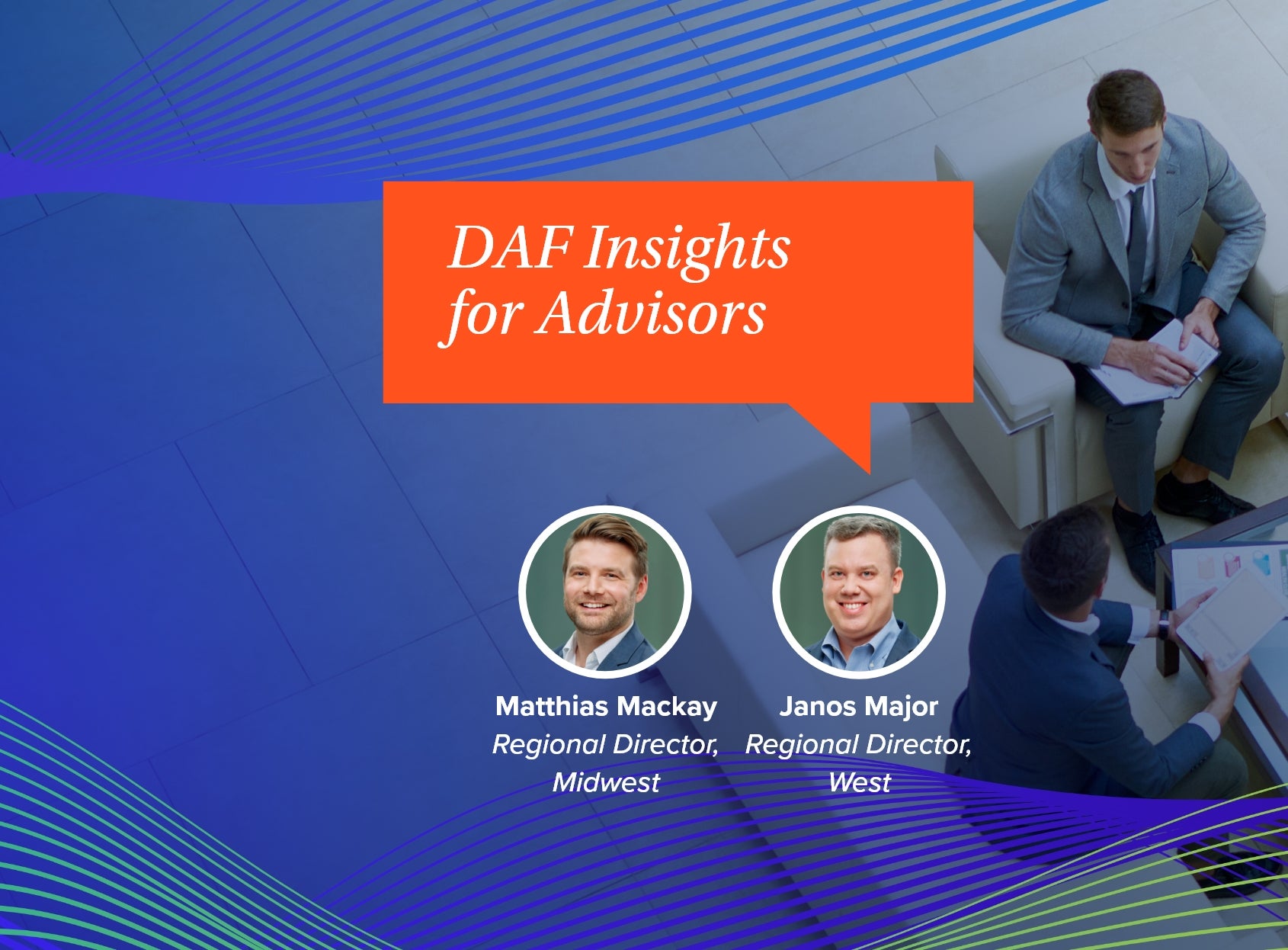What Fundraisers Need to Know about Donor-Advised Funds

NPT and DonorPerfect published an e-book last year titled 5 Ways Philanthropists use Donor-Advised Funds and How Fundraisers Can Benefit. The content below is excerpted from that book, which is available for free download here.
Donor advised funds (DAFs) are philanthropy’s fastest-growing charitable giving vehicle. There are more than 460,000 individual DAF accounts in the U.S., more than double the number just five years ago. Collectively they hold more than $110 billion, all of which is destined for charities.
DAF donors are active philanthropists. In 2017, the last year for which data is available, DAF donors recommended nearly $19 billion in grants to qualified charities. The trajectory for DAF growth shows no sign of slowing down. This guide is intended to help fundraisers tap into these powerful giving vehicles and speak to the donors who choose them.
HOW A DAF WORKS
If you’re still unclear on exactly how a DAF works, here’s a quick overview:
A DAF is a philanthropic vehicle established at a public charity, known as the DAF sponsor. Donors can establish a DAF, such as an NPT donor-advised fund, often with advice from or with the help of their financial advisor, accountant or estate attorney. After that, they can make charitable contributions to their DAF, receive an immediate tax benefit, and recommend grants from the DAF to qualified charities over time.
HOW A DAF CAN WORK FOR YOU
There are a few key benefits of DAFs that are helpful for fundraisers to understand, as well.
First, DAF sponsors are public charities, which means contributions to them receive the most favorable tax treatment under the Internal Revenue Code.
Second, DAFs can be established with limited paperwork or online in a matter of minutes. This quick and easy approach to creating a giving vehicle is in contrast to private foundations or other giving vehicles that take months, and often significant cost, to establish.
Third, assets in DAFs can be invested and any growth is tax-free. This means that more money is generated for charity.
Finally, there is no legal payout requirement from DAFs, although some DAF sponsors do have payout policies. Whereas private foundations are required to pay out five percent of assets annually (which can include overhead), DAFs do not have any legal requirement. In practice, DAFs payout nearly four times the private foundation rate, despite having only one-tenth of the assets.
DAFs have been part of the charitable landscape since the 1930s, but their explosive growth since the 1990s have made them a force in the independent sector. Cultivation and communication are a fundraiser’s primary tools when it comes to successfully closing gifts, but an understanding of the giving vehicles donors use (and what motivates them to choose one) can strengthen your approach.


